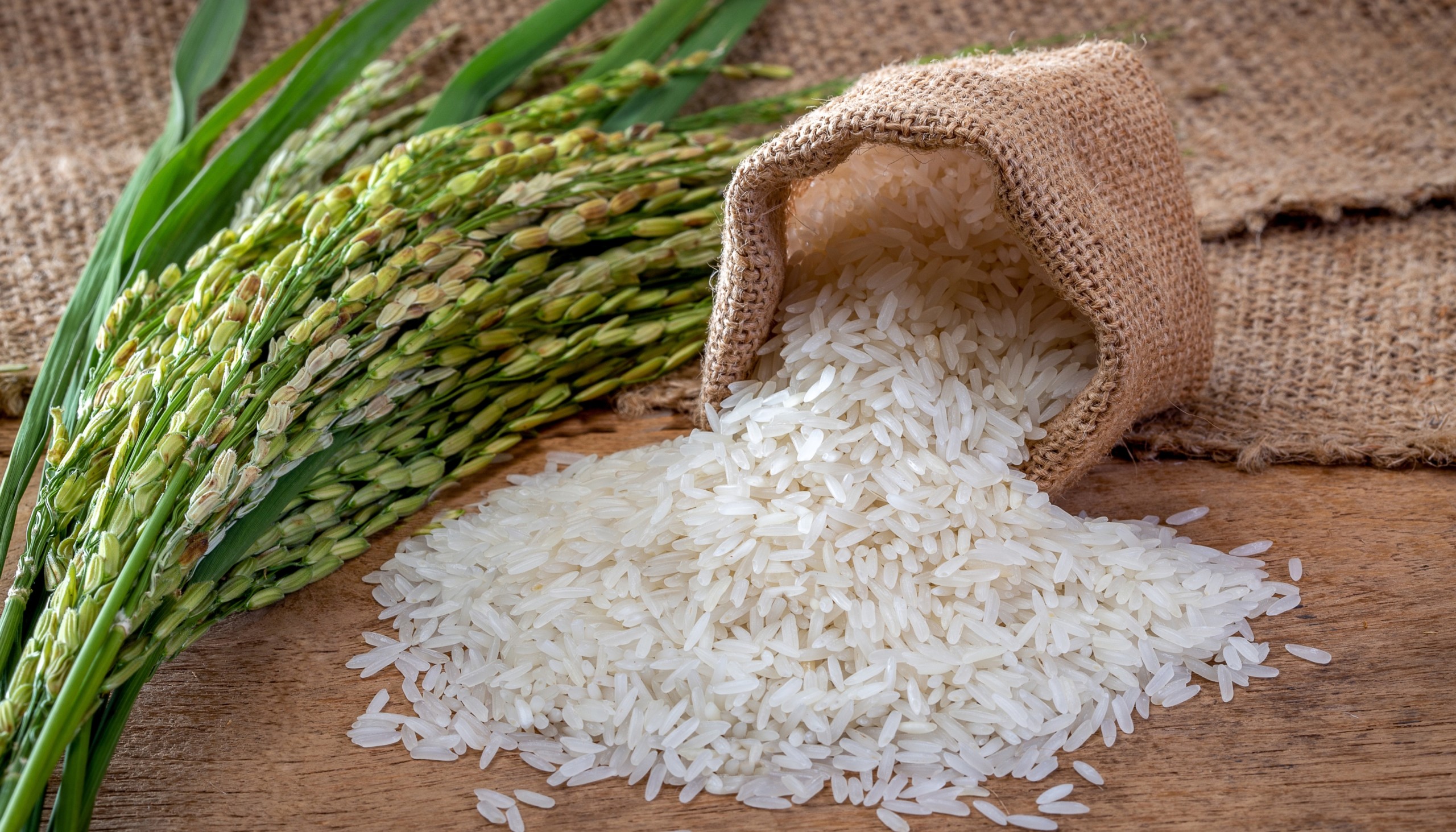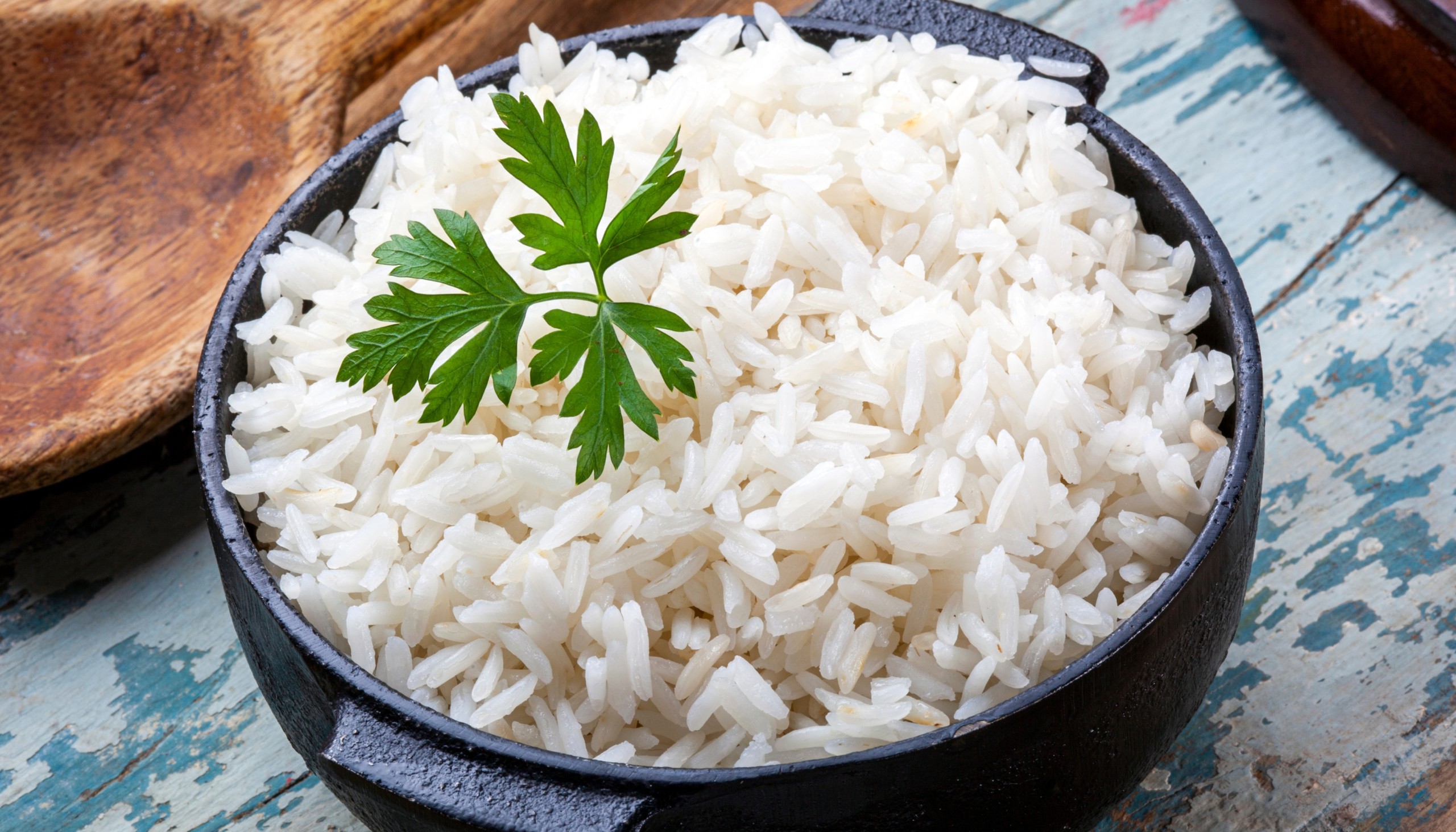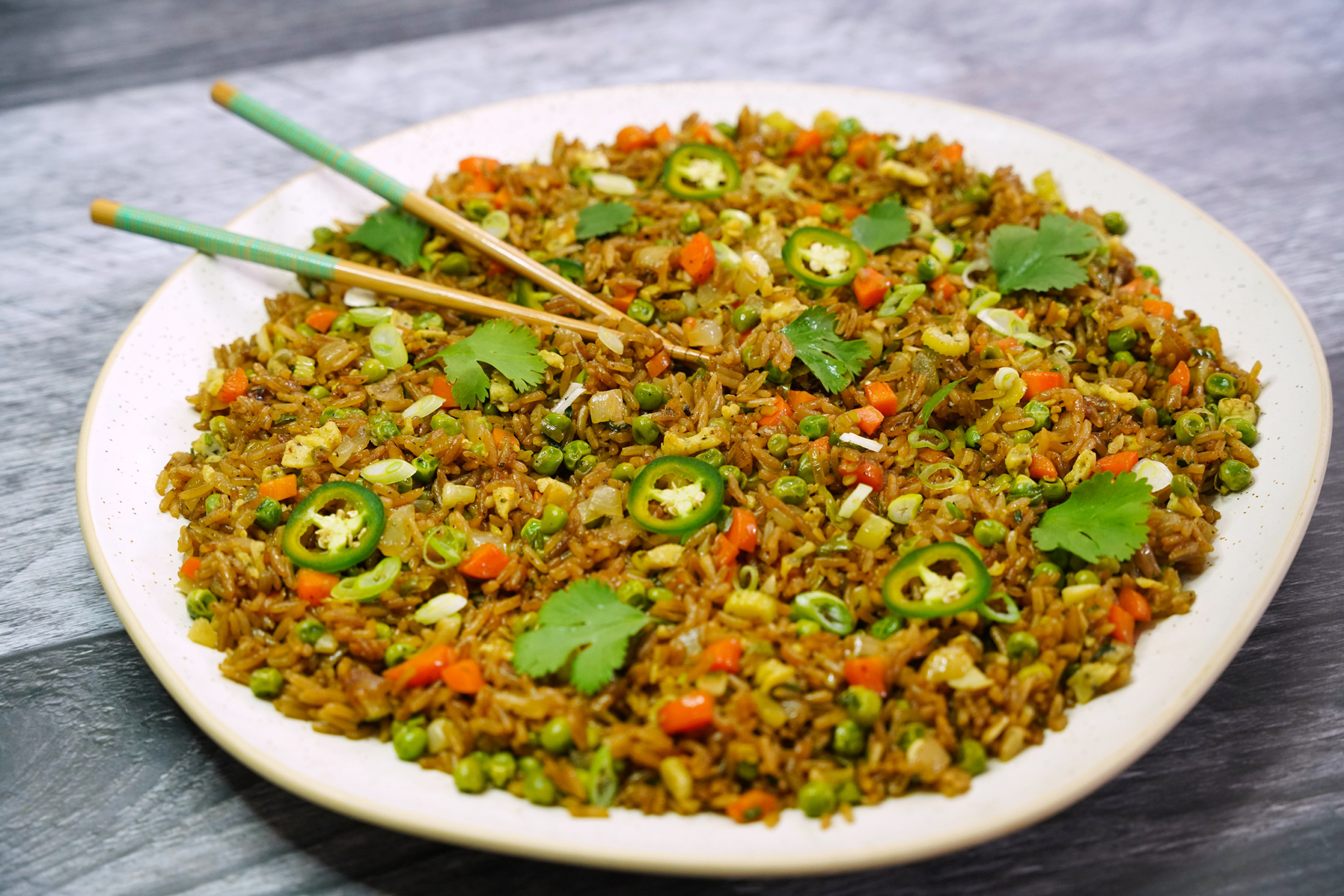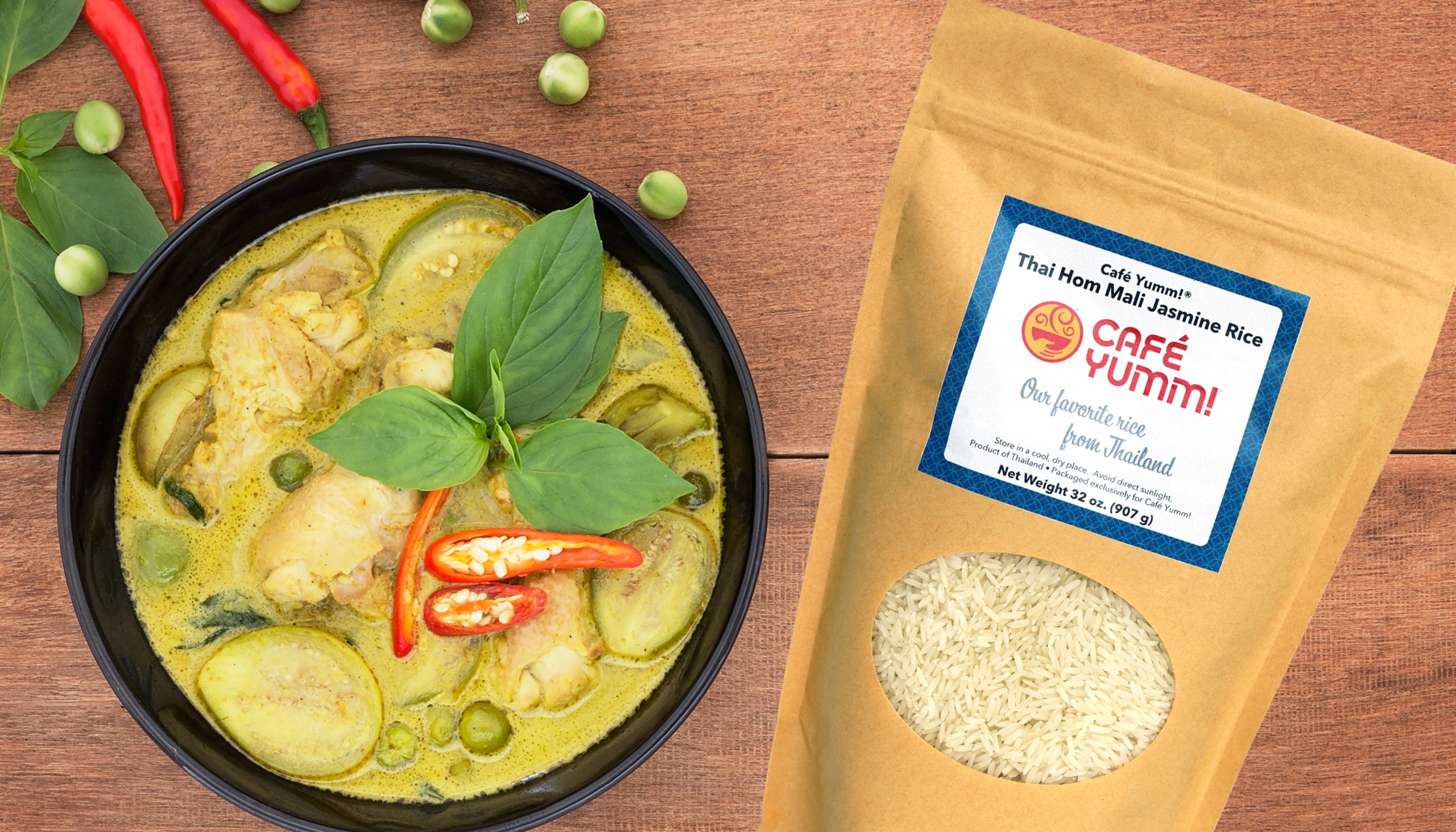How to Cook Jasmine Rice at Home
Are you interested in exploring the world of rice beyond what you find on grocery store shelves? Need some culinary inspiration? You’re not alone! While rice is a constant companion in many kitchens and a dynamic ingredient in a host of home-cooked dishes, the normal bulk varieties can leave eaters wondering how to jazz up this common ingredient. Cafe Yumm!®’s fluffy and fragrant Thai Hom Mali Jasmine Rice may be the cure to your humdrum white rice woes.
World of Rice 101
From paella, sushi, and soup, to salads, wine, sweet puddings, and more, rice is a major grain across the globe. In fact, it is the primary staple food for over half of the world’s population according to the USDA. Thanks to its versatility, it’s easy to understand the global popularity of this whole grain wonder. While much of the world may be enjoying a seemingly endless variety of rice types, American exposure to rice tends to be of the long-grain white or short-grain brown varieties.
If you’re open to experiencing different flavors and textures, it might be time to diversify — however, it can be overwhelming to figure out the differences between the various types of rice and decide which one to try next. Each grain shape and variety offers its own special qualities that pair well with particular sauces or cooking methods. One of our favorites is Thai Hom Mali Jasmine.
Like most rice, jasmine rice is grown in Asia, particularly Southeast Asia, and most famously in Thailand. People commonly use it in fried rice dishes or serve it with spicy curry, but it also makes a great side dish for grilled meats and veggies or the base of your homemade Yumm! Bowl® drizzled with Yumm! Sauce®.
This popular grain is eaten just about everywhere, but what makes jasmine rice unique compared to other varieties?
 What Makes Jasmine Rice Different from Other Types of Rice?
What Makes Jasmine Rice Different from Other Types of Rice?
Considered the highest quality rice in Thailand, Hom Mali is beloved for its superb texture and wonderful aroma. The name “Hom Mali” translates to “jasmine fragrance,” but the name actually comes from the color of the rice being as white as the jasmine flower.
White rice and jasmine rice are both varieties of the Oryza sativa plant and are harvested and processed the same way. Both have the husk, bran, and germ removed after harvest. Because of this, jasmine rice is commonly classified as a type of long-grain white rice.
Apart from processing similarities, the two types of rice are quite different. Unlike white rice, jasmine rice is fragrant and has its own distinct flavor. Its unique aroma is comparable to a mix of popcorn and pandan leaves. Many people describe it as lightly floral and buttery.
The individual grains of jasmine rice are also much longer and thinner than short-grain varieties of rice, making it fluffier when cooked. And in contrast to short-grain rice, long-grain rice has less starch, meaning the grains are drier and more separated after cooking.
We work with select growing partners in Thailand to bring you our favorite non-GMO Thai Hom Mali Jasmine Rice direct from its birthplace.
 Cooking Jasmine Rice
Cooking Jasmine Rice
The optimal way to cook jasmine rice is to steam it, which helps it maintain its beautiful, fluffy texture. You can use a rice cooker, lidded pot, or pan for this.
As a rule of thumb, you want to simmer 1 cup of dry rice with 1 ½ cups of water or broth.
The rapid simmer method is an ideal approach for your foray into jasmine rice boiling – which means you should use a saucepan instead of a deep pot. Once the water is simmering, cover it and turn the heat to low for roughly 12 minutes before removing the saucepan from heat and letting it stand for about 10 minutes with the lid on so it can properly steam. After 10 minutes, simply remove the lid, fluff with a fork, and enjoy!
Jasmine rice holds more moisture compared to other rice types, so the texture becomes soft and slightly sticky when cooked compared to other long-grain rice like basmati, making it perfect for recipes such as stir fry and pilafs. In fact, one great kitchen tip is to use day-old jasmine rice to make the best stir fry. Read our easy and satisfying recipe for Jasmine Fried Rice here.
Visit our online store for fresh and fragrant Thai Hom Mali Jasmine Rice straight from Thailand. Café Yumm! offers a uniquely Northwest selection of condiments and grains made from locally sourced and sustainable ingredients that can enhance any meal, from rice bowls to salads and wraps. Browse our selection of sauces, salsas, beans, and rice to get more nourishing goodness in each meal.



